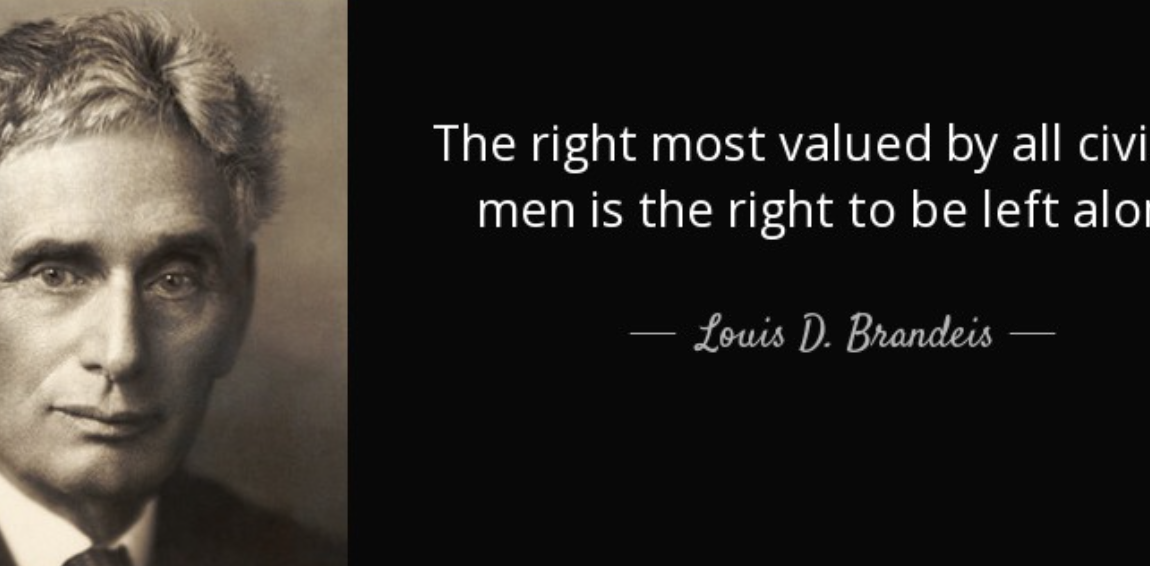
The Bill of Rights – Part Four
In this series we explore 1) the Source of the Bill of Rights, 2) Who’s rights are protected 3) Whom are the rights protected from, and 4) What rights are protected.
In the final part of this series we address what rights are protected by the Bill of Rights.
In order to appreciate the scope of the rights protected by the Bill of Rights it helps to understand there are two major categories. The first are “Enumerated” Rights and the Second are “Unenumberated” Rights.
The Bill of Rights is traditionally understood to comprise the First Ten Amendments to the Constitution. Those amendments are essentially a list of rights. They are “Enumerated.” And include the most venerated of our rights, rights that were clearly on the mind of our framers as human rights that needed protection from overreaching by the new powerful government of the United States.
Freedom of Speech, Freedom of Religions, the Right to Bear Arms, the Right to be Free from Illegal Search and Seizure, the Right against Self Incrimination, the Right to Counsel, to a Public Trial and the Right not to be subjected to Cruel and Unusual Punishment all are explicitly set out as a list of enumerated rights. But that isn’t the end of the story.
As my previous posts explained the Ninth Amendment states “The Enumeration in the Constitution of certain rights shall not be construed to deny or disparage OTHERS retained by the People.” (emphasis added.) This language is the primary source for “Unenumerated” Rights, which though not expressly listed, are protected by the Bill of Rights.
Essentially the Supreme Court has held that there are, in Justice Cardozo’s words, certain “principles of justice so rooted in the traditions and conscience of our people as to be ranked as fundamental,” and that “neither freedom or justice would exist if there are sacrificed.” And the concern that no list could encompass them all lead to the inclusion of the Ninth Amendment and its reference to “other” rights.
The recognition of “Unenumerated” rights was given modern impetus by Justice Douglas’s writing in Griswold v. Connecticut. In that case he stated “Our cases suggest that specific guarantees in the Bill of Rights have penumbras, formed by emanations from those guarantees that help give them life and substance. Various guarantees create a Zone of Privacy.” “Penumbras” to Douglas represented shadows that exist in the other Amendments that taken together give rise to a Right of Privacy.
Over the years since Griswold was decided in 1965, the Right to Privacy has been expanded by the Supreme court into an umbrella of concepts under which exists the right to Abortion, the Right to Interstate Travel, the Right of Adults to engage in any consensual sexual activity they choose, and the right of Gay couples to marry, among others.
The latest case in this rapid expansion of “Unenumerated” rights (Oberegefell concerning Same Sex marriage) seems to be a harbinger of a new generation, an even wider array of previously unrecognized rights. In that opinion, Justice Kennedy observed, “New insights and societal understandings can reveal unjustified inequality within our fundamental institutions that once passed unnoticed and unchallenged.” He went on to say, “The nature of injustice is that WE MAY NOT ALWAYS SEE IT IN OURSELVES. The generation that wrote the Bill of Rights did not presume to know the extent of freedom in all its dimensions, and so ENTRUSTED TO FUTURE GENERATIONS a charter protecting the rights of all persons to enjoy liberty AS WE LEARN IT’S MEANING.” (emphasis added.)
Fair enough, but one is left to wonder if the framers meant to leave such determinations to a “future generation” of unelected, unaccountable committee of nine judges instead of the larger society of a practicing democracy—you know—that portion of the future generations which includes the rest of us.